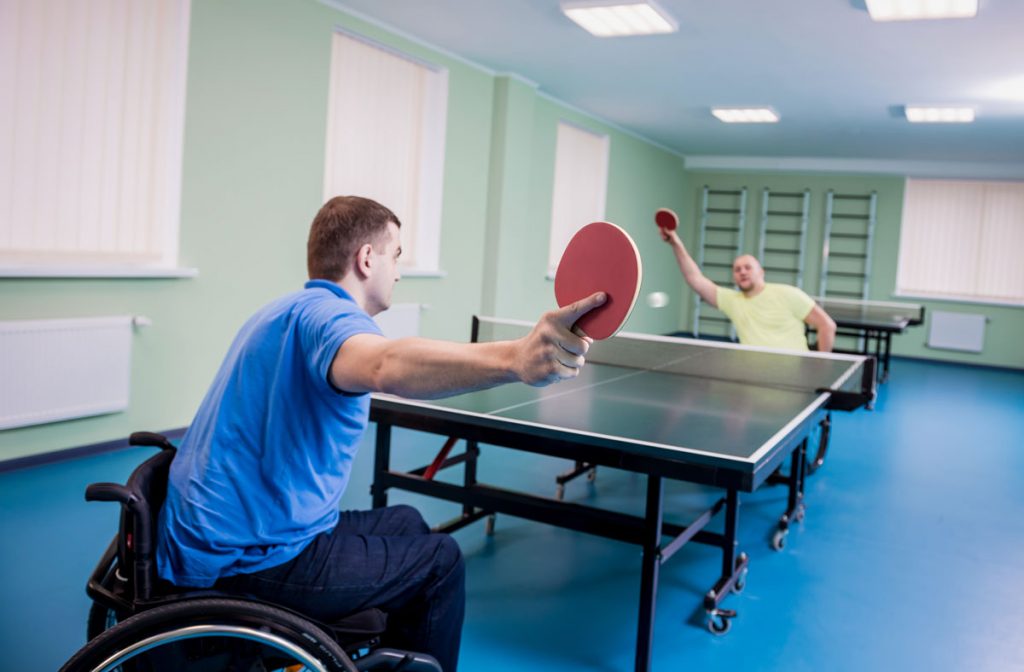Dementia Fall Risk Fundamentals Explained
Dementia Fall Risk Fundamentals Explained
Blog Article
Examine This Report about Dementia Fall Risk
Table of ContentsWhat Does Dementia Fall Risk Do?The Facts About Dementia Fall Risk UncoveredExamine This Report on Dementia Fall RiskDementia Fall Risk for Dummies
An autumn danger evaluation checks to see exactly how most likely it is that you will certainly fall. The analysis normally consists of: This consists of a collection of inquiries regarding your total health and wellness and if you have actually had previous drops or problems with equilibrium, standing, and/or walking.Treatments are suggestions that may lower your threat of dropping. STEADI consists of three steps: you for your risk of falling for your threat aspects that can be improved to try to prevent drops (for instance, equilibrium issues, impaired vision) to decrease your risk of falling by using reliable approaches (for instance, supplying education and learning and resources), you may be asked several concerns consisting of: Have you dropped in the past year? Are you worried concerning falling?
Then you'll take a seat once again. Your company will certainly examine the length of time it takes you to do this. If it takes you 12 secs or even more, it might suggest you go to greater risk for an autumn. This examination checks strength and equilibrium. You'll rest in a chair with your arms went across over your breast.
Move one foot midway forward, so the instep is touching the huge toe of your various other foot. Move one foot completely in front of the various other, so the toes are touching the heel of your various other foot.
Get This Report on Dementia Fall Risk
Many drops take place as an outcome of numerous adding elements; as a result, managing the threat of falling starts with determining the factors that add to drop threat - Dementia Fall Risk. A few of the most pertinent threat variables include: Background of prior fallsChronic medical conditionsAcute illnessImpaired gait and balance, reduced extremity weaknessCognitive impairmentChanges in visionCertain high-risk medications and polypharmacyEnvironmental elements can additionally boost the threat for drops, consisting of: Inadequate lightingUneven or damaged flooringWet or slippery floorsMissing or damaged handrails and order barsDamaged or incorrectly fitted devices, such as beds, mobility devices, or walkersImproper use assistive devicesInadequate guidance of the individuals living in the NF, consisting of those that exhibit aggressive behaviorsA effective loss danger management program needs a complete clinical evaluation, with input from all participants of the interdisciplinary team

The care strategy should additionally include interventions that are system-based, such as those that promote a safe atmosphere (suitable lights, handrails, get hold of bars, etc). The effectiveness of the treatments ought to be evaluated occasionally, and the treatment strategy modified as necessary to mirror changes in the autumn danger assessment. Applying an autumn risk management system utilizing evidence-based finest practice can lower the prevalence of falls in the NF, while restricting the capacity for fall-related injuries.
About Dementia Fall Risk
The AGS/BGS standard suggests screening all adults matured 65 years and older for fall risk each year. This testing is composed of asking people whether they have dropped 2 or more times in the previous year or sought medical attention for an autumn, or, if they have actually not dropped, whether they really feel unstable when strolling.
Individuals who have fallen when without injury ought to have their balance and gait reviewed; those with stride or balance irregularities must obtain extra evaluation. A background of 1 fall without injury and without gait or equilibrium issues does not require more assessment beyond ongoing yearly fall danger screening. Dementia Fall Risk. An autumn danger evaluation is needed as part of the Welcome to Medicare evaluation
.png)
How Dementia Fall Risk can Save You Time, Stress, and Money.
Recording a falls history is one of the high quality indicators for loss avoidance and management. An important component of threat assessment is a medicine review. A number of courses of drugs boost autumn danger (Table 2). copyright medicines in certain are independent predictors of drops. These drugs tend to be sedating, alter the sensorium, and impair balance and gait.
Postural hypotension can often be eased by lowering the dosage of blood pressurelowering medications and/or stopping medications that have orthostatic hypotension as an adverse find more information effects. Use her explanation above-the-knee support pipe and copulating the head of the bed raised may also reduce postural reductions in blood stress. The advisable aspects of a fall-focused physical exam are displayed in Box 1.

A Pull time higher than or equal to 12 seconds recommends high autumn threat. Being unable to stand up from a chair of knee height without utilizing one's arms suggests enhanced fall danger.
Report this page